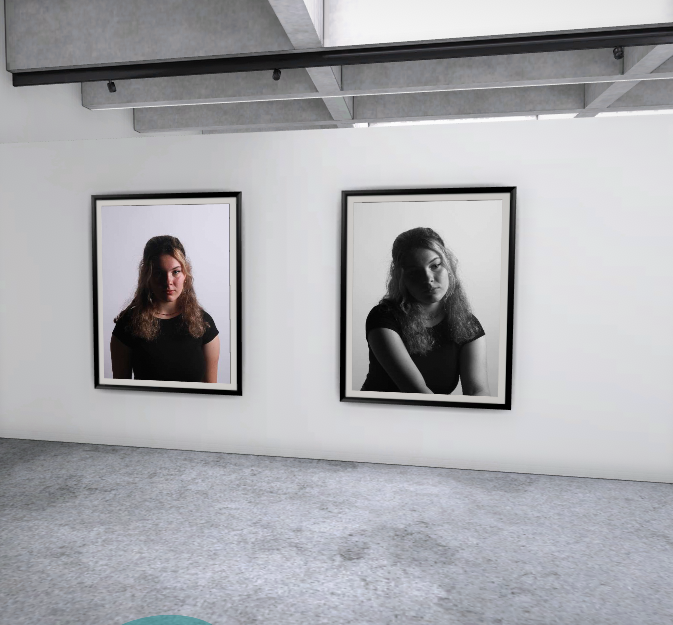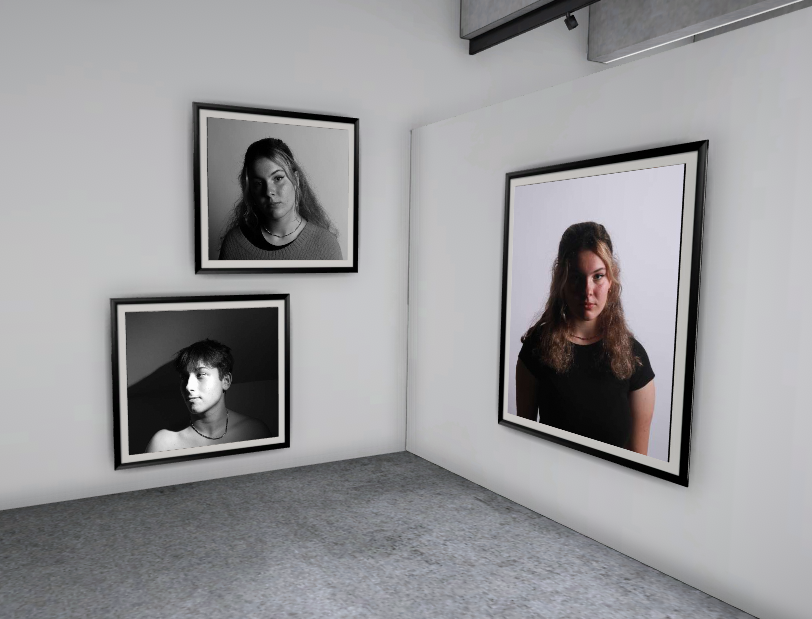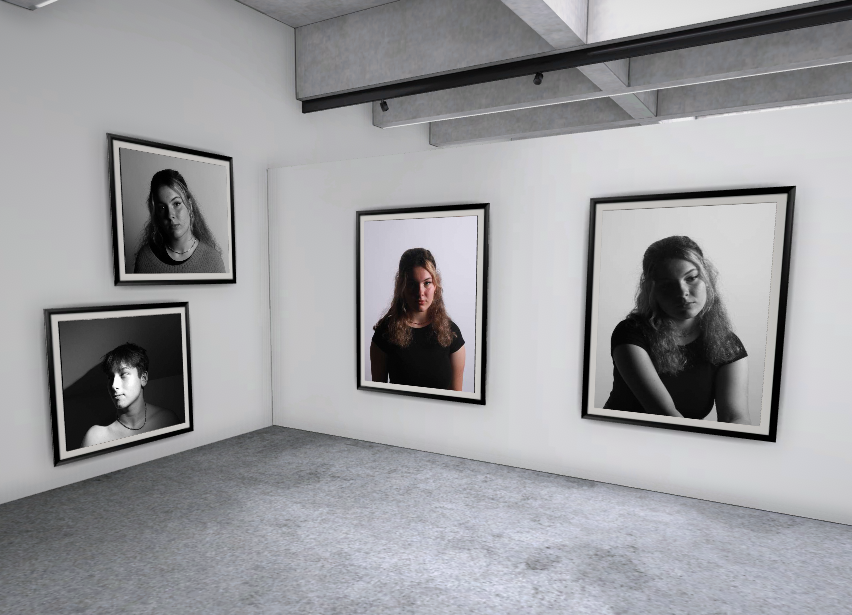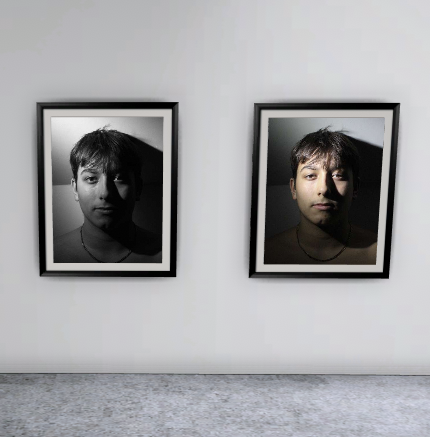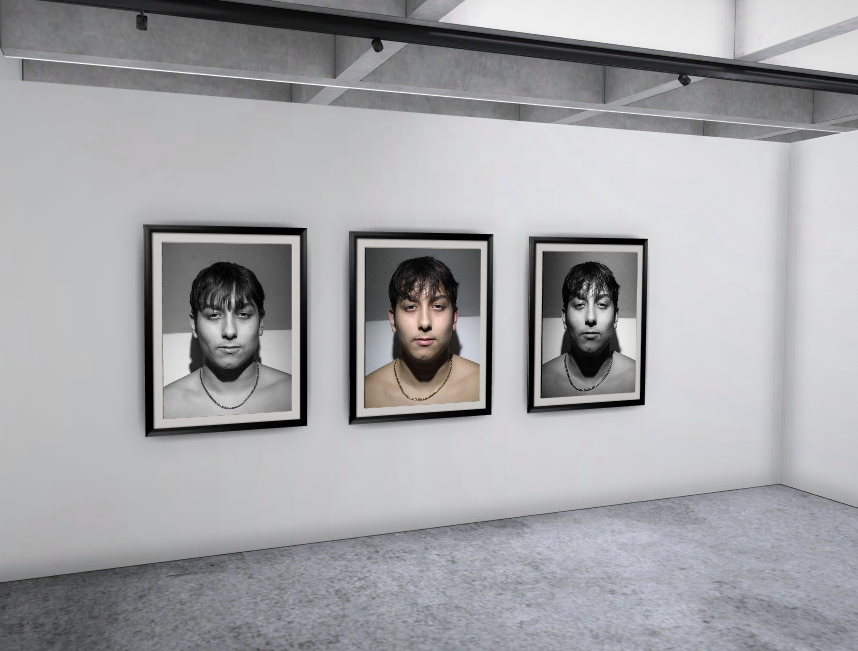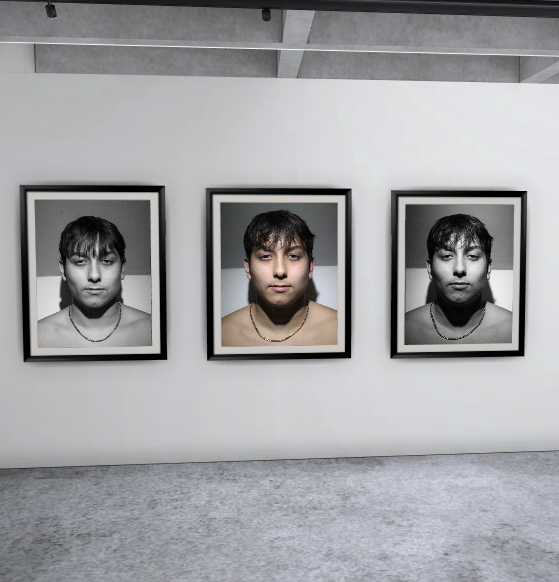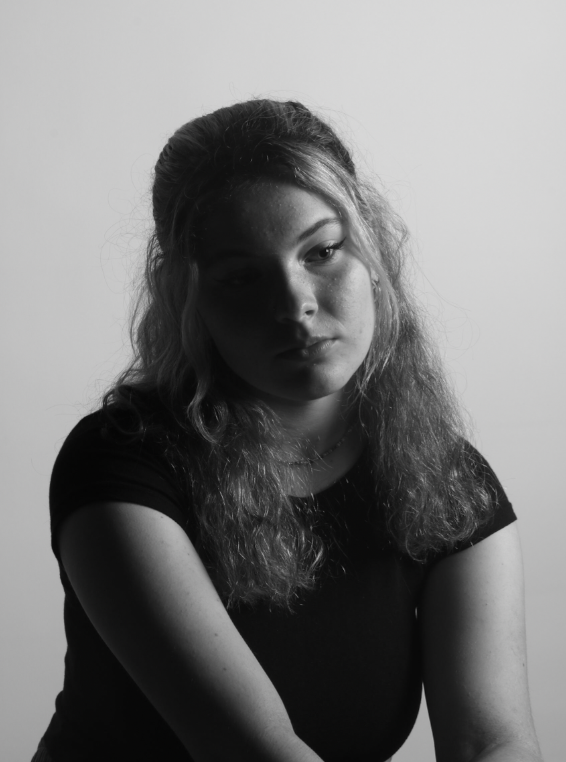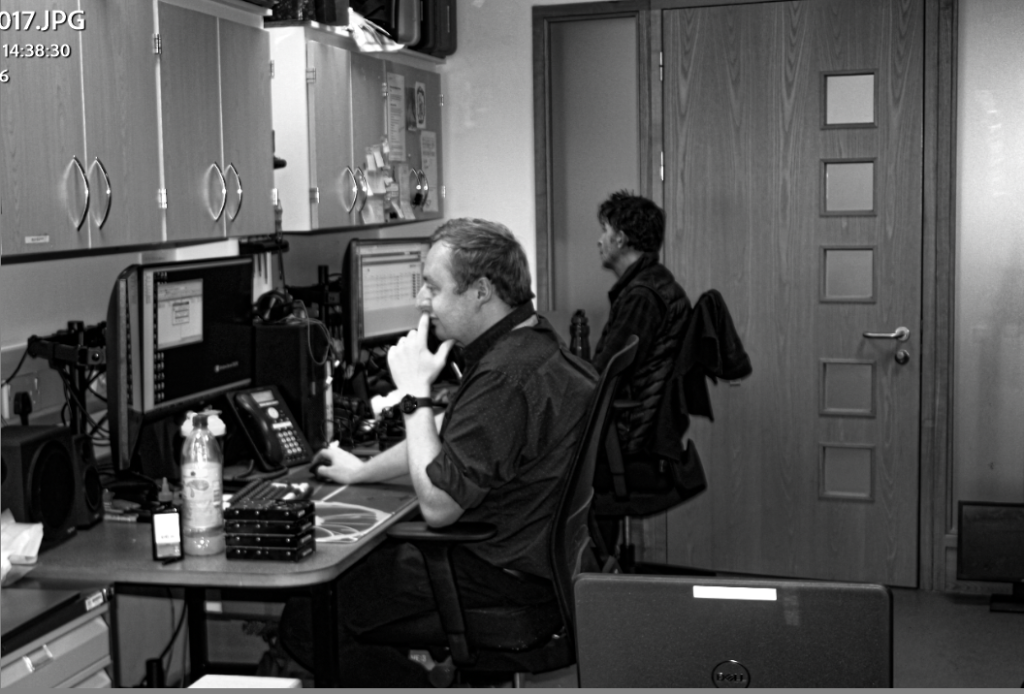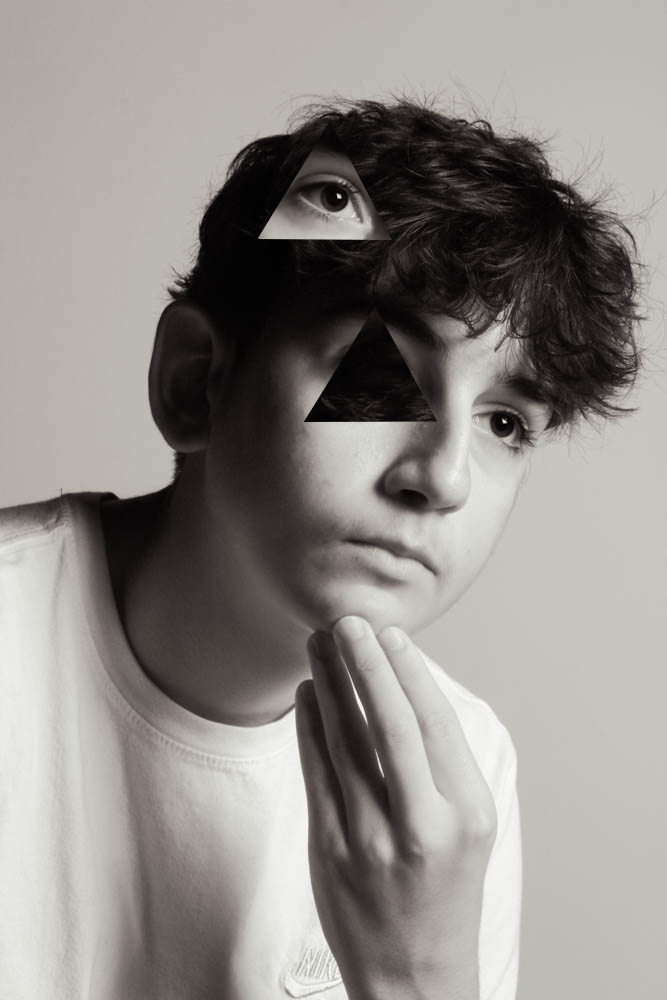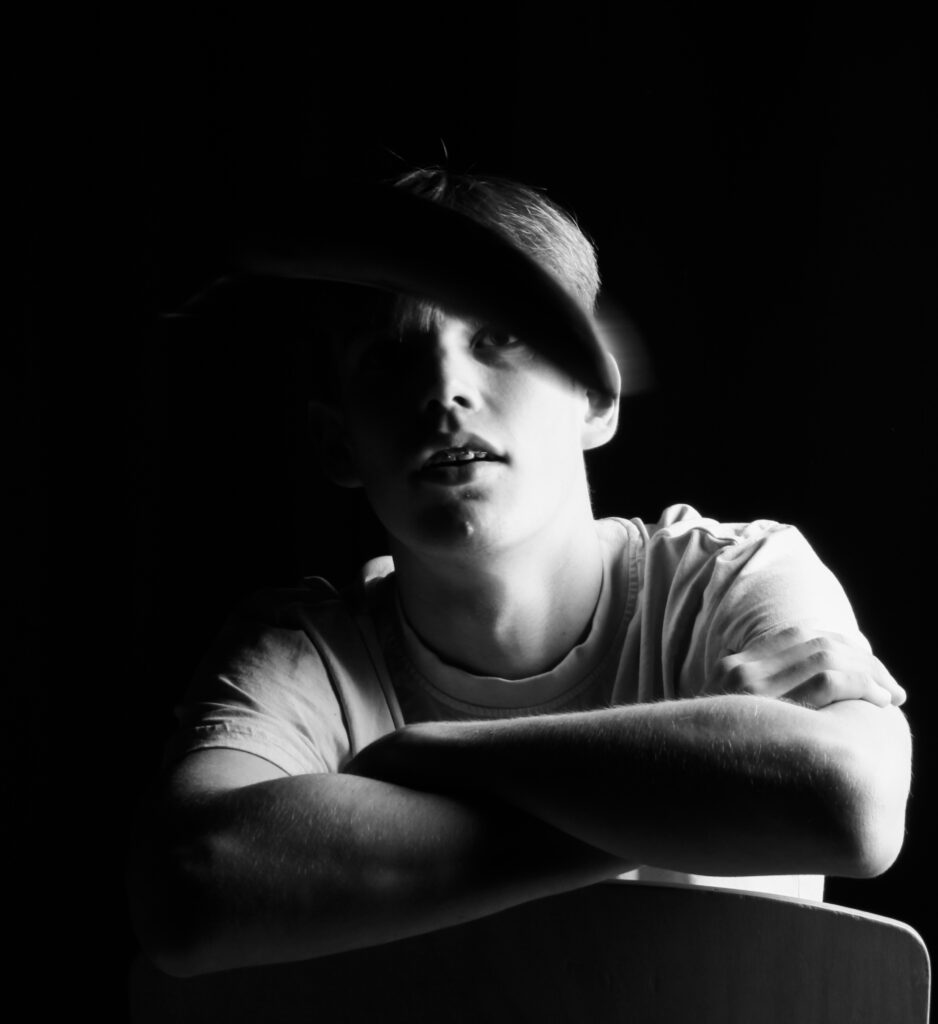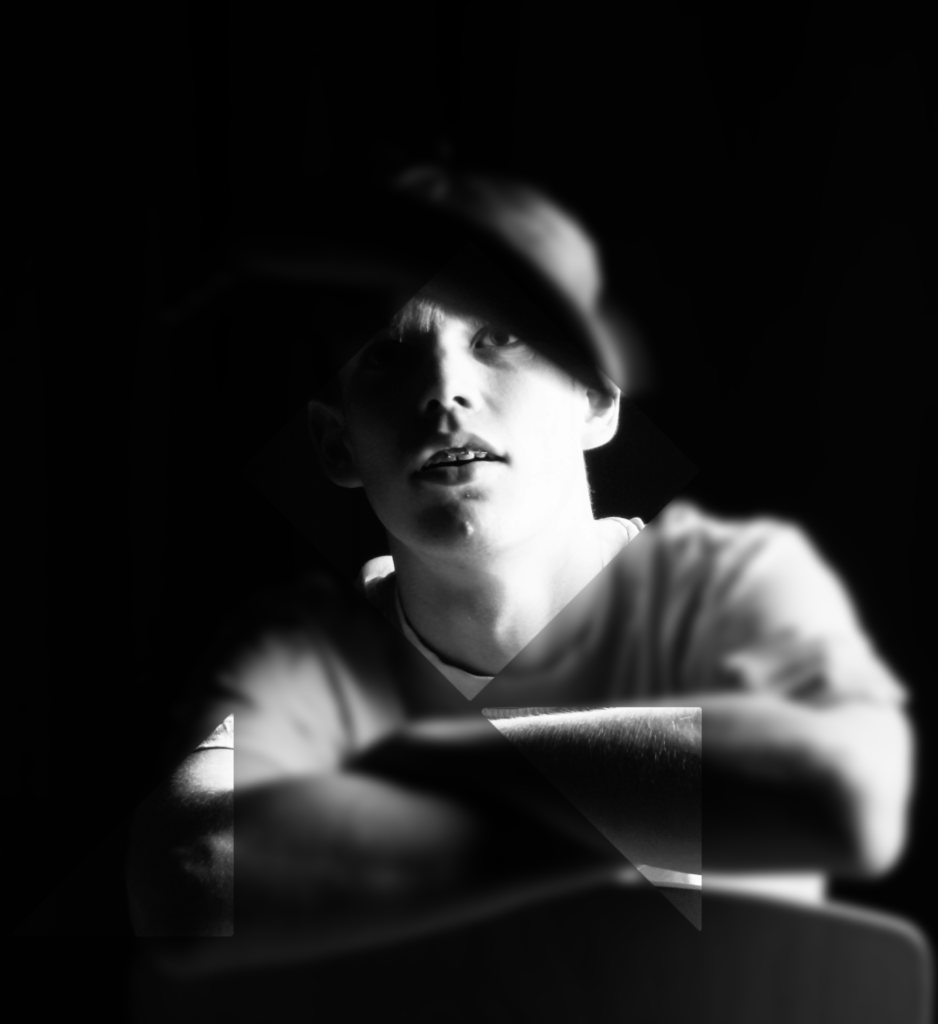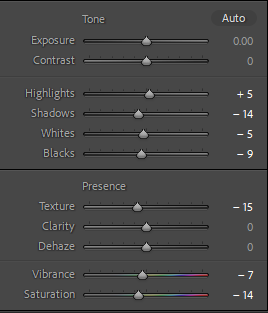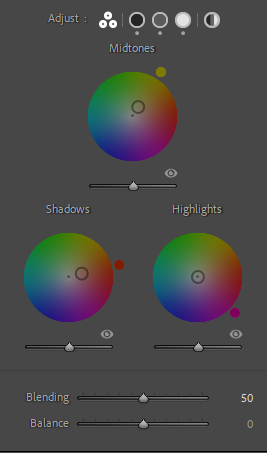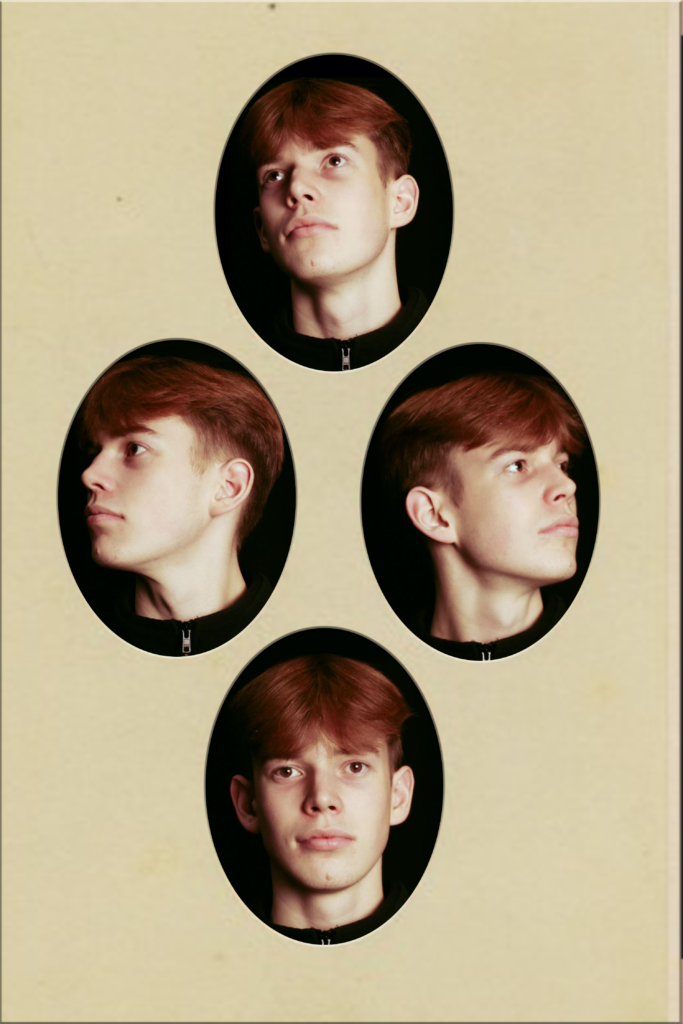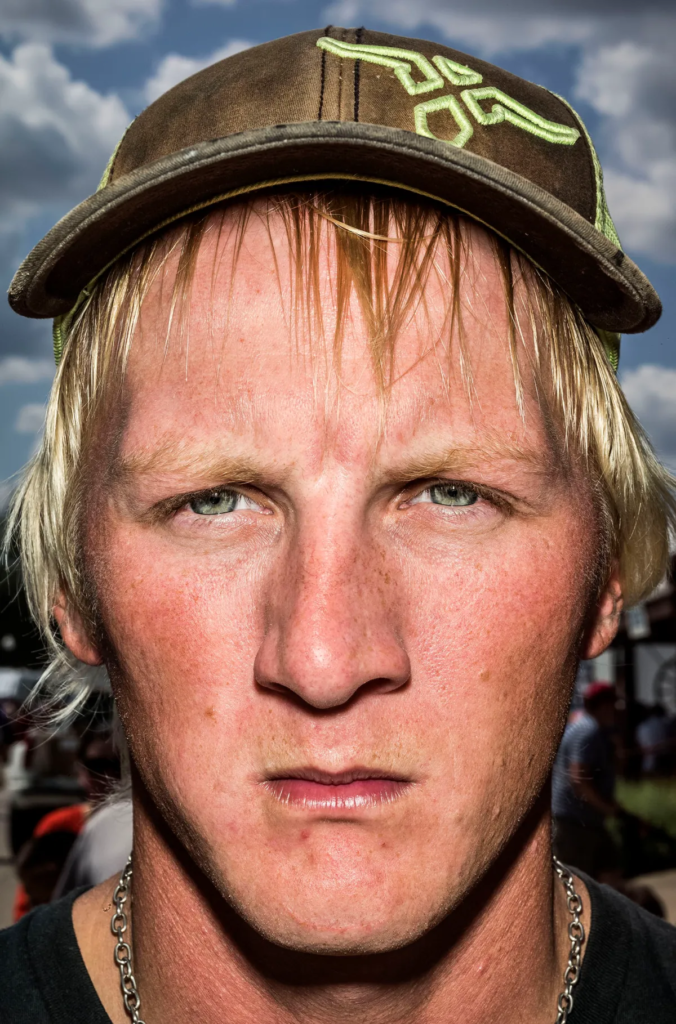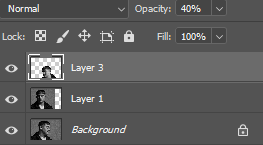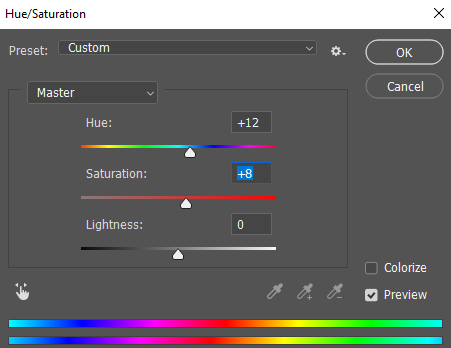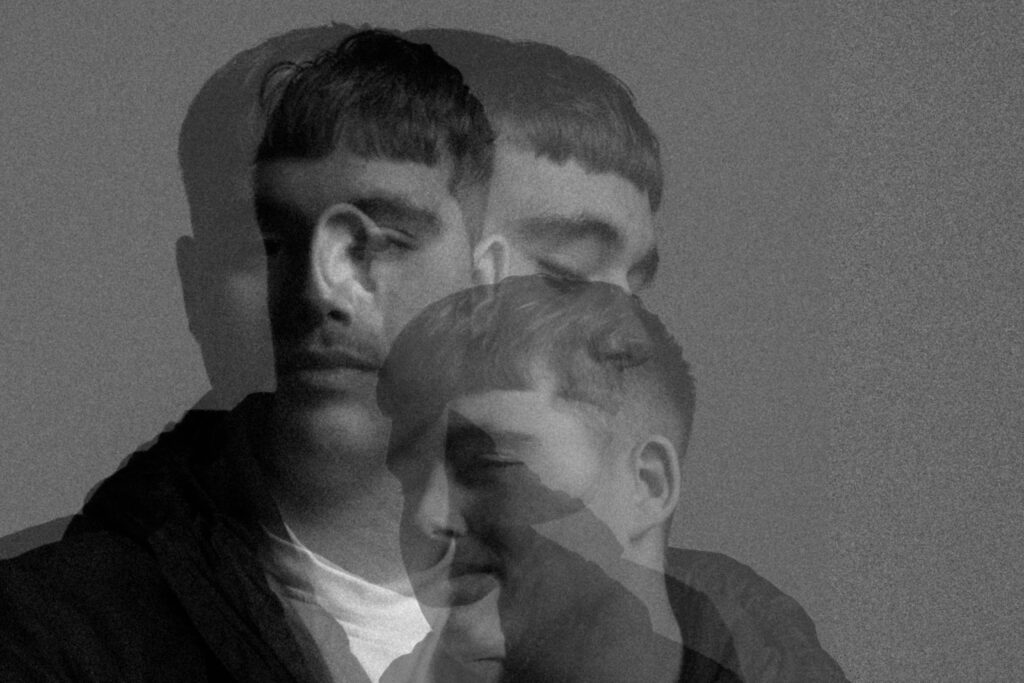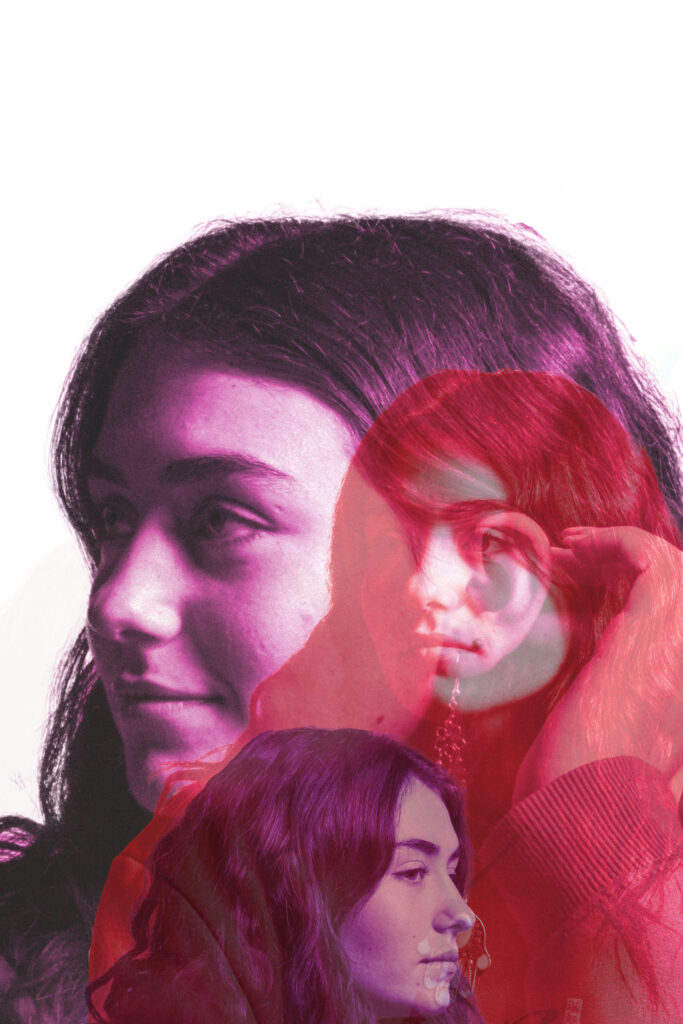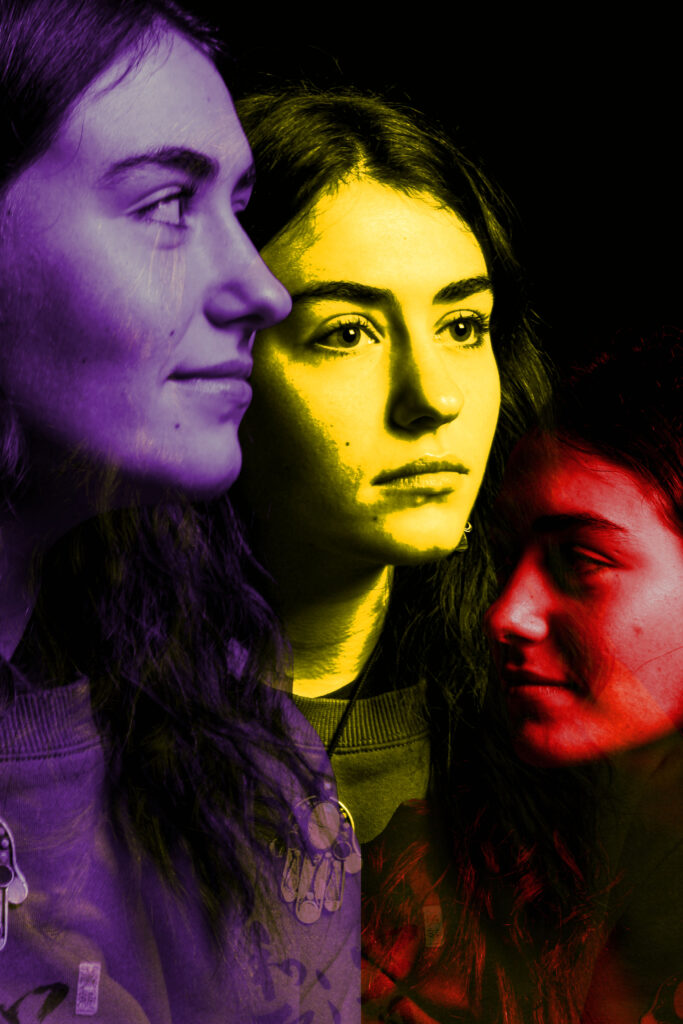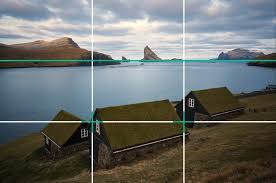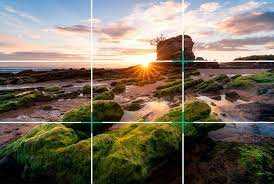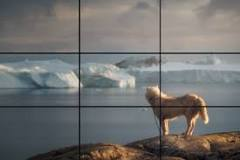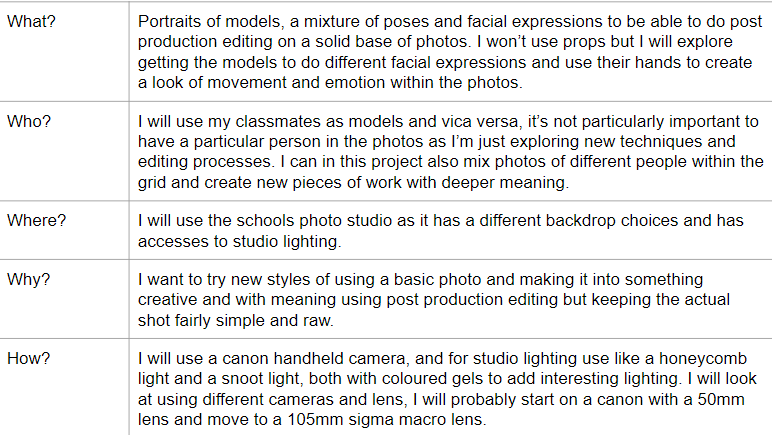

Lighting Set up
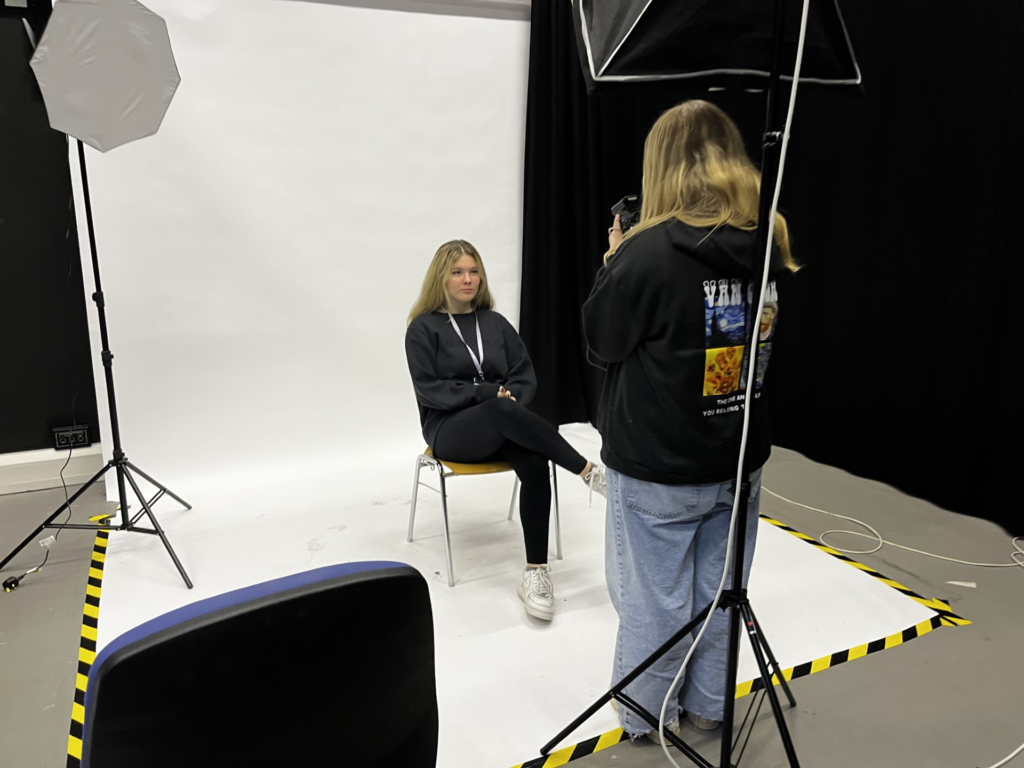
This is the lighting set up I used, by having the flash head behind me as the photographer it allowed for the light to cover the entirety of the models face, I also used another flash head with a transmitter on the camera for both, to light one side of the models face to create interesting and dynamic Chiaroscuro lighting. By having two different flash heads it allowed for good lighting without over exposing the model.
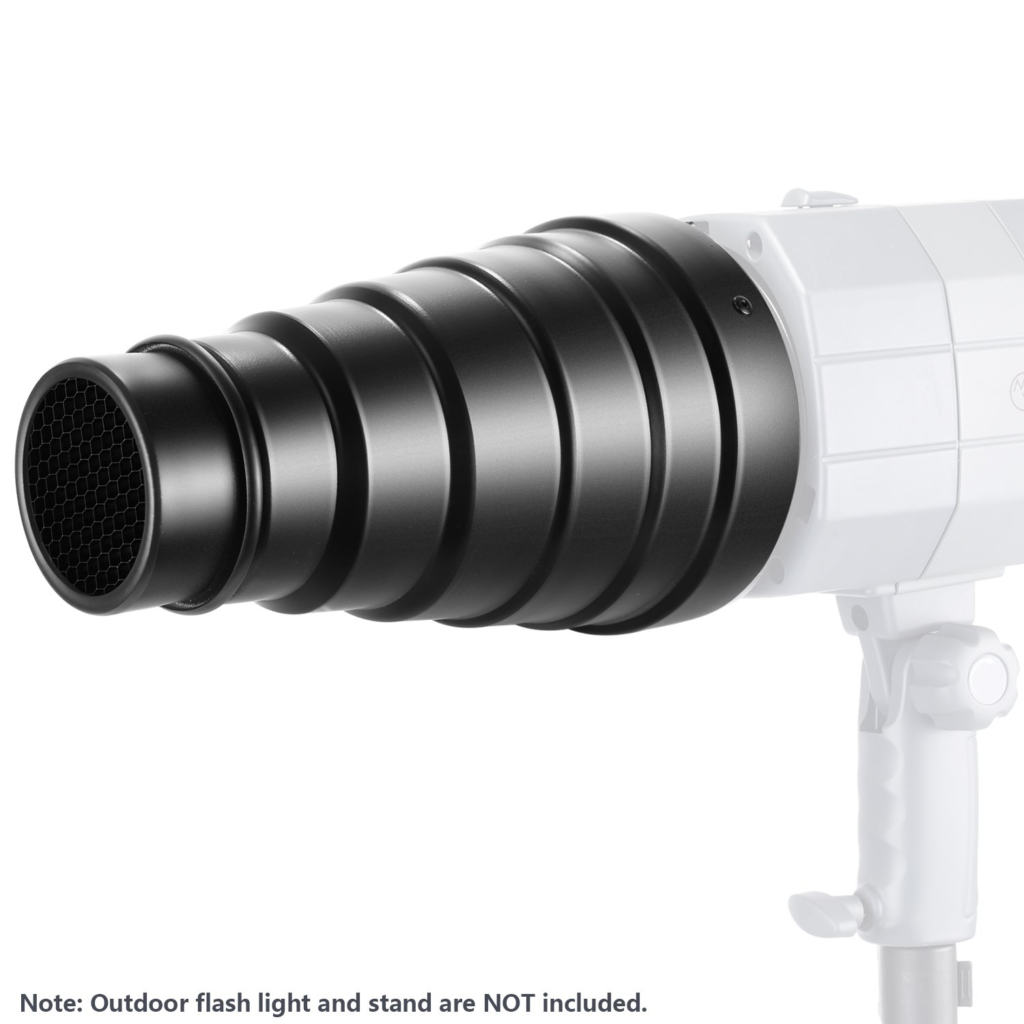
In some of the later photos I used a honey comb filter and coloured gels over a snoot light to keep similar lighting but a coloured filter over the image. This was great as it allowed for me to experiment with different lighting and multiple colours by holding a acetate sheet over one of the flash heads at the same time.
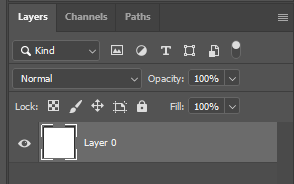

To start making my grid layout I started by opening a document with a width of 1080 and then a res of 72 pixels/inch. I then went onto the view drop down tab and selected guide – new guide layout.
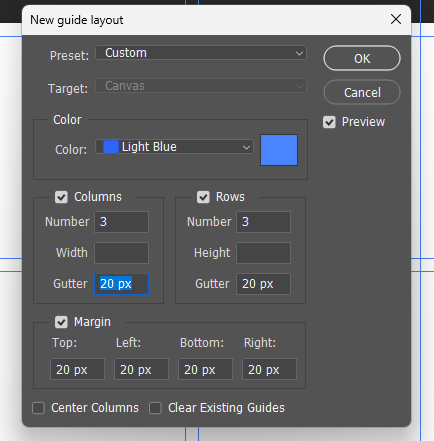
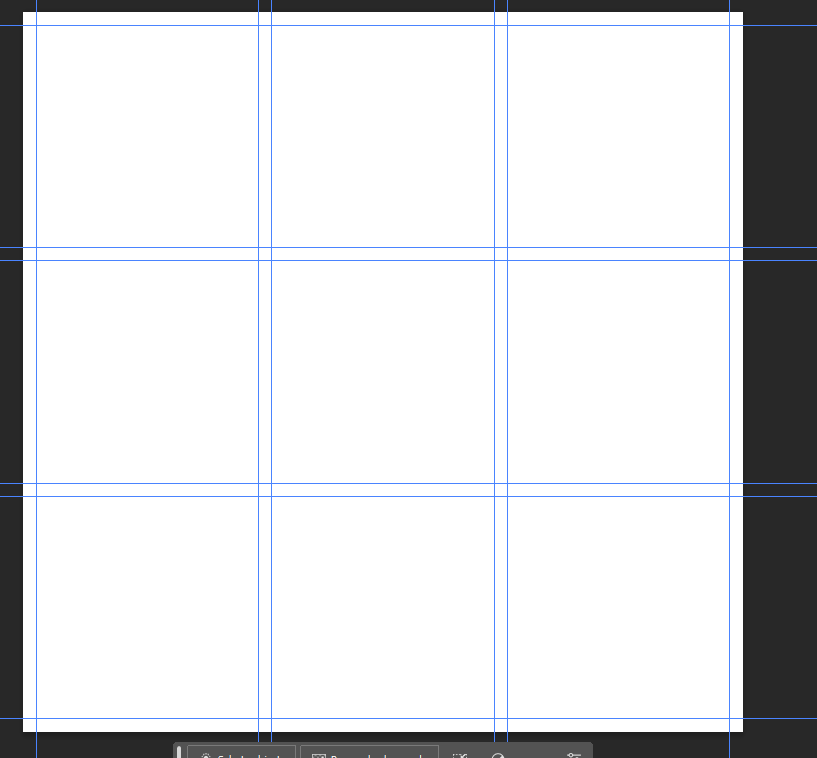
I then put in the details I wanted, I chose to have a gutter and margin to try to keep space between each shot.


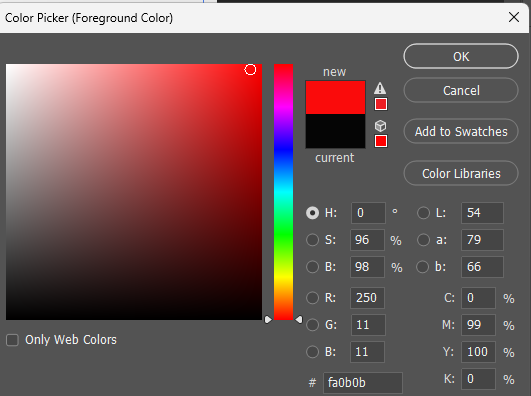
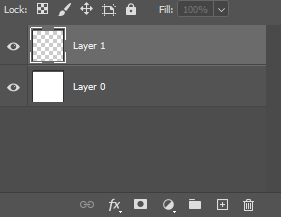
After that I created a new layer and then on the rectangular marquee tool picked a new colour from the side bar.
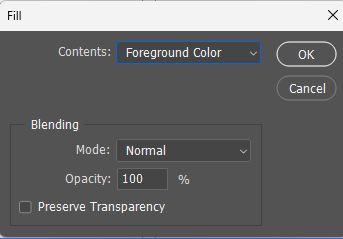

Next I selected a box using the rectangle marquee tool and the right clicked and pressed fill, foreground colour.
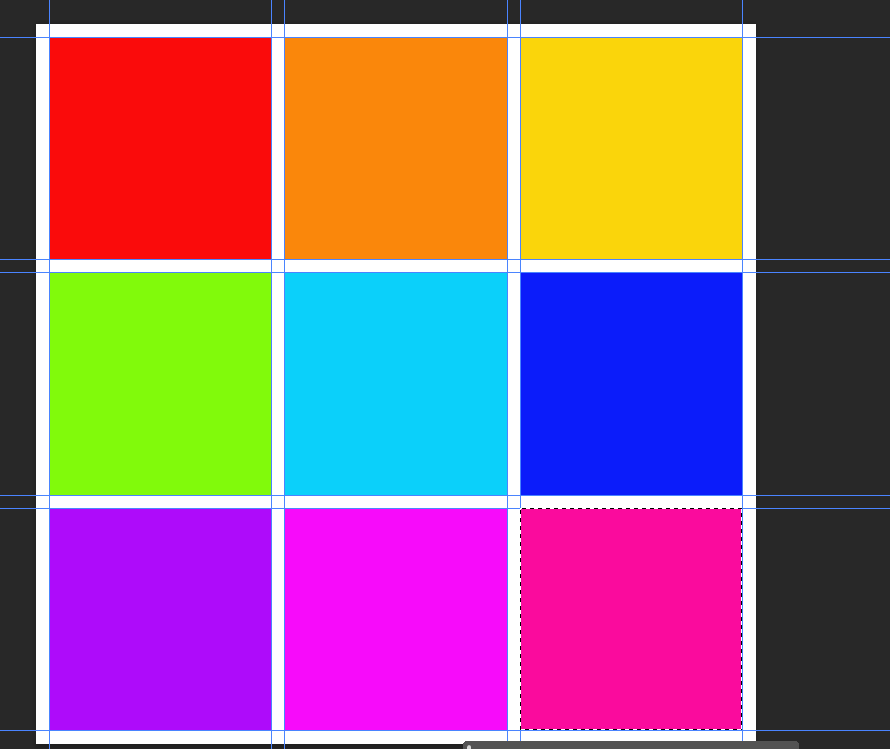
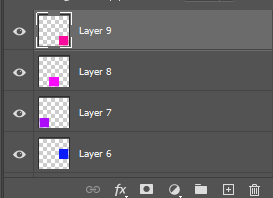
By repeating this process it left me with a colour coded grid on separate layers.

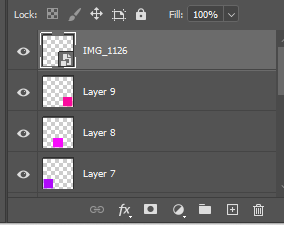
The next step was to click on a layer, selecting it, and then dragging a photo onto the box and clicking the tick.


I then right clicked on the layer to produce the option of create clipping which then fits the photo to the box.
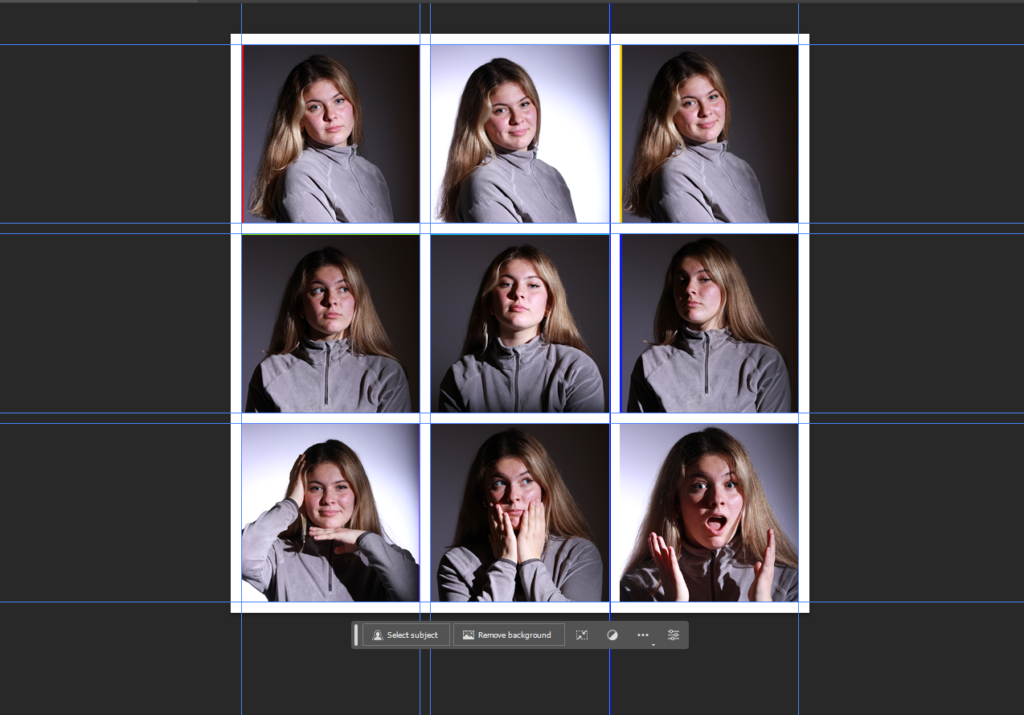
Once I had done the above steps for all 9 boxes I had 19 layers.

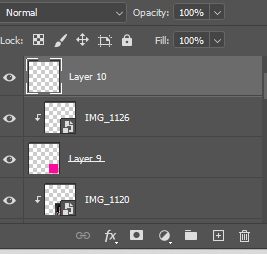
Clicking a new layer open then using the rectangle marquee tool to select the entire document.
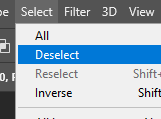

After that I used select- deselect, then view-show- guides.
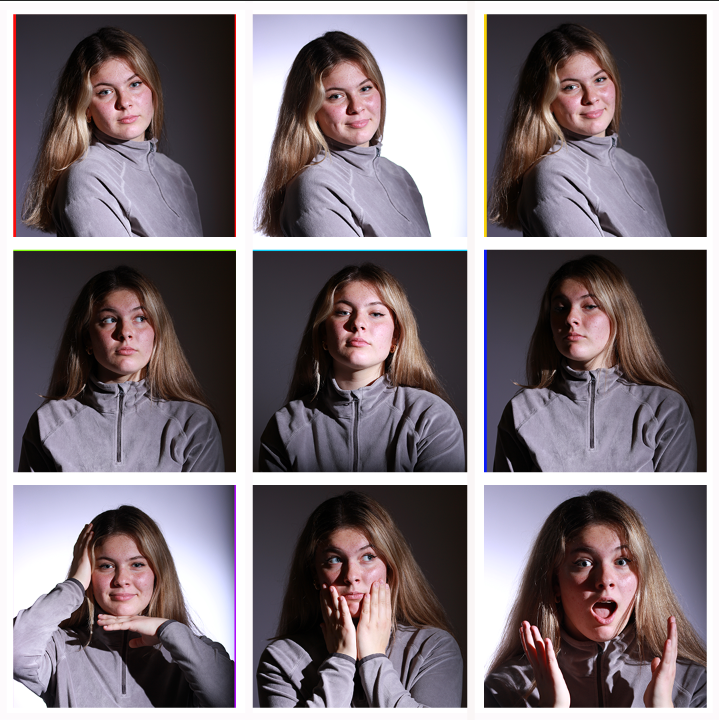
Edit Two
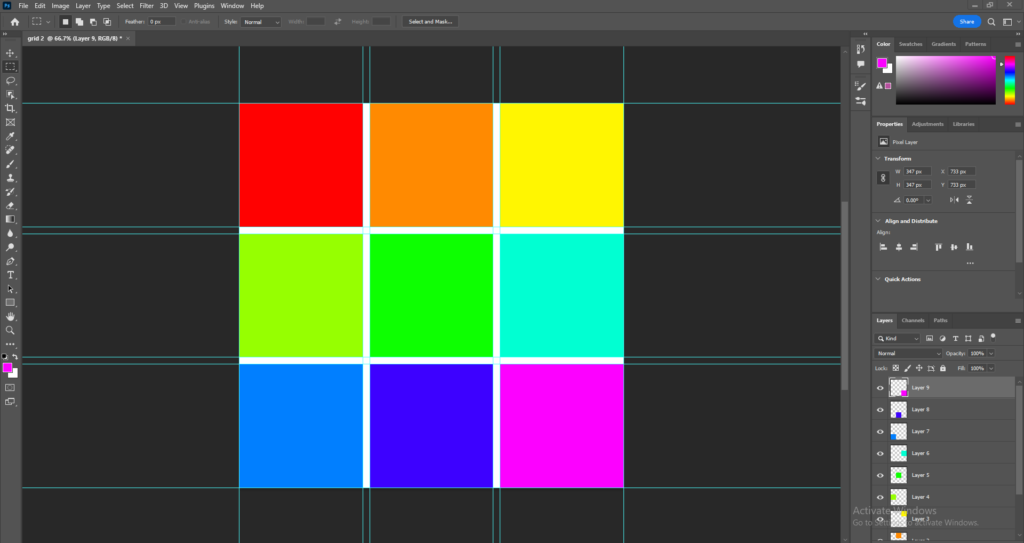
I then repeated the process making sure to have 9 separate layers with different colours on each selection. I started by making the grid and then editing each photo on Lightroom.
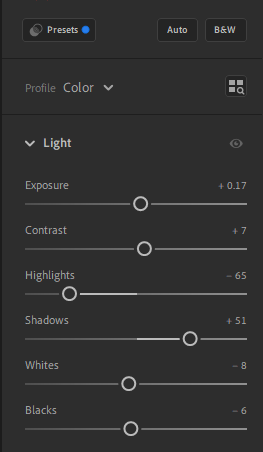
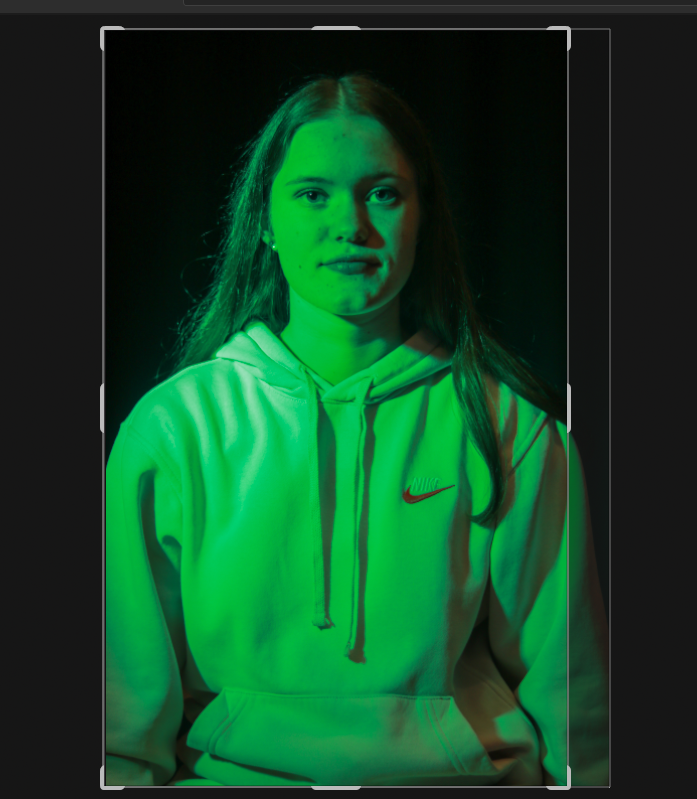
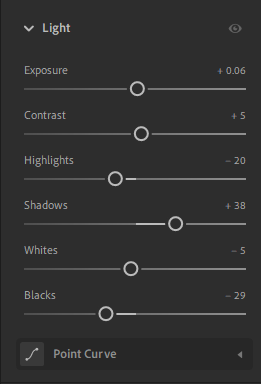


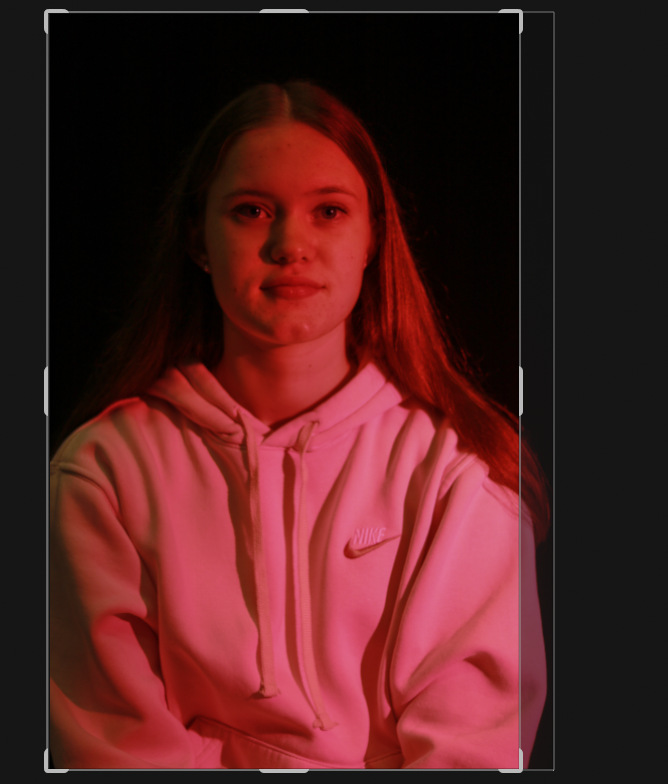
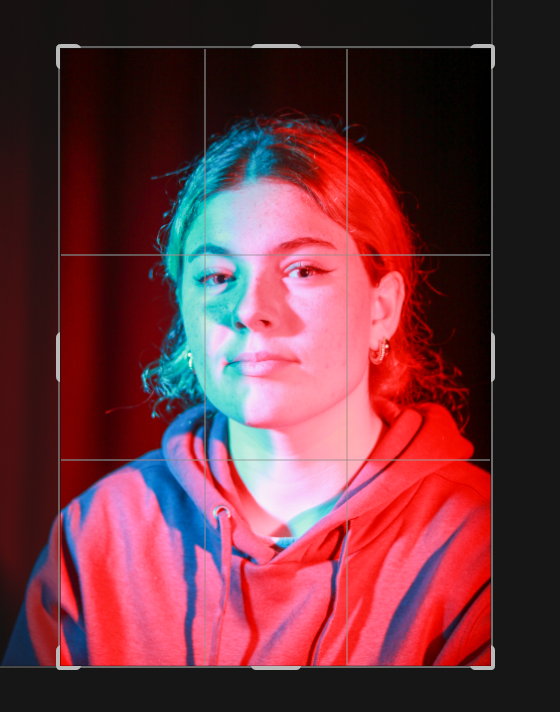

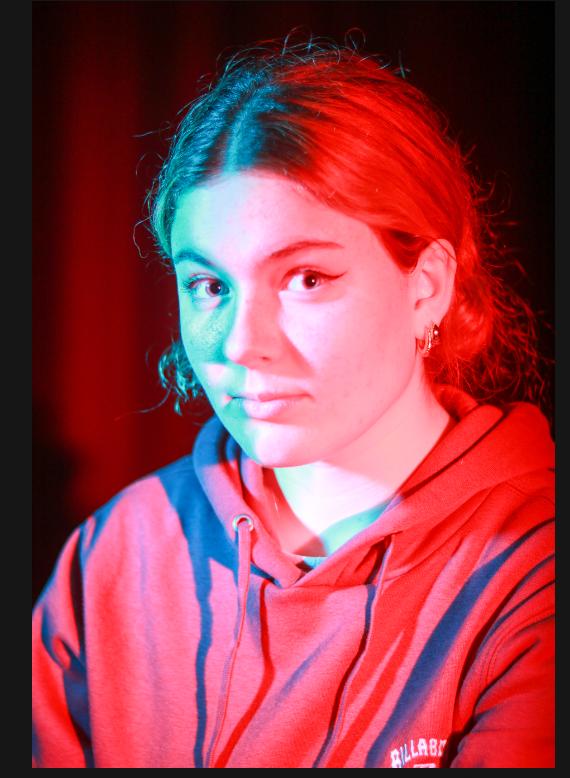
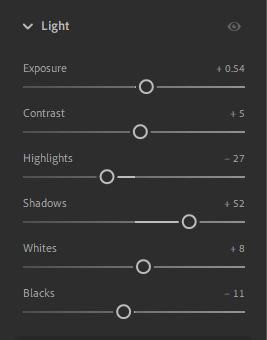
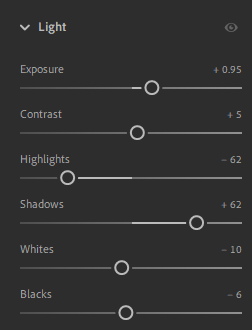
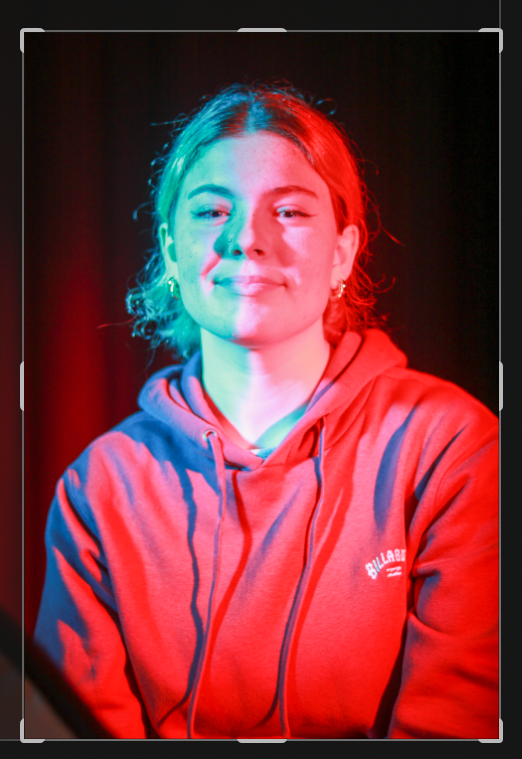
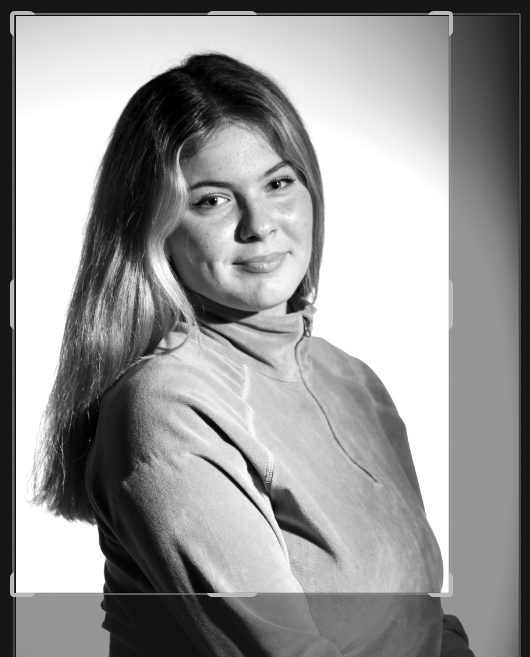
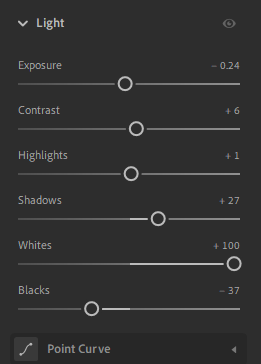
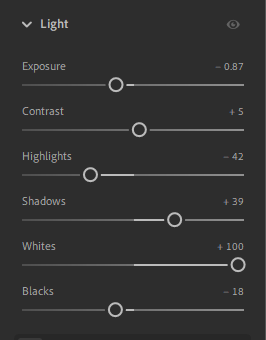
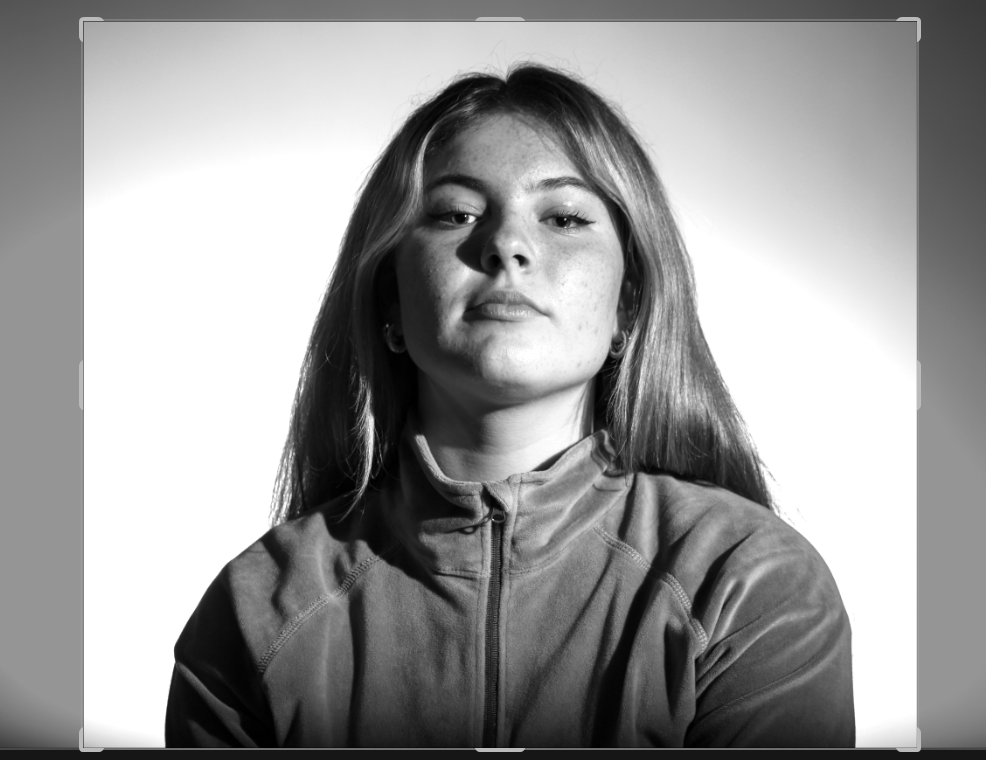

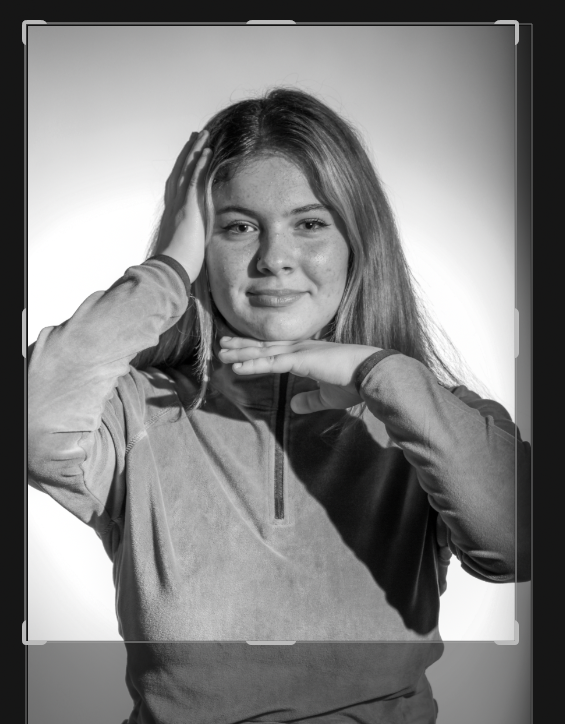
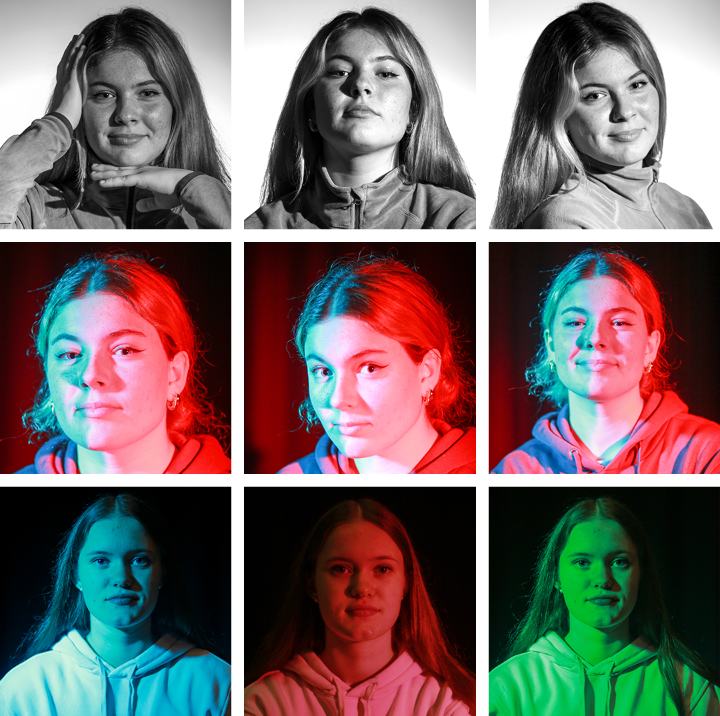
I chose to make an usual grid for this one as many would think it would look better if I put the black and white row in the middle of the grid, however I actually did this to show progression from fashion style, high contrast dramatic photos to fun coloured more natural captures to then a combination of both with interesting lighting but the same pose to not take away from the models natural appearance.
Edit Three
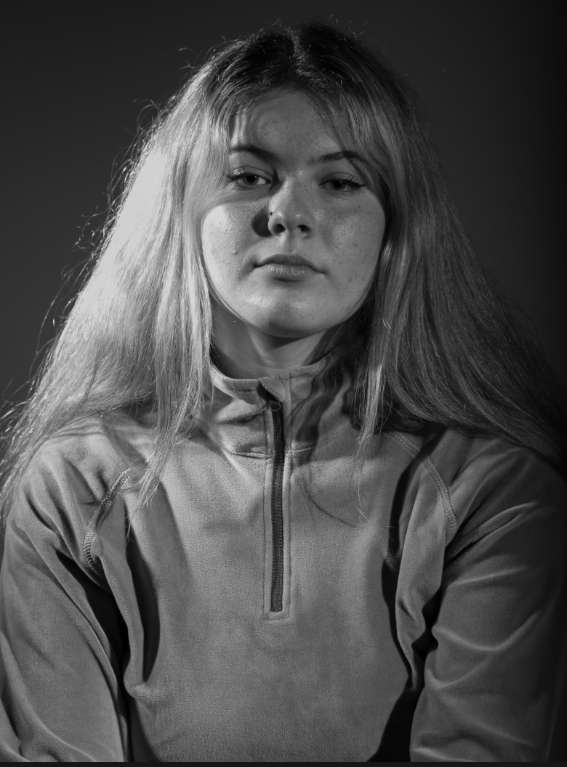
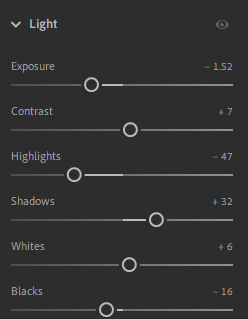
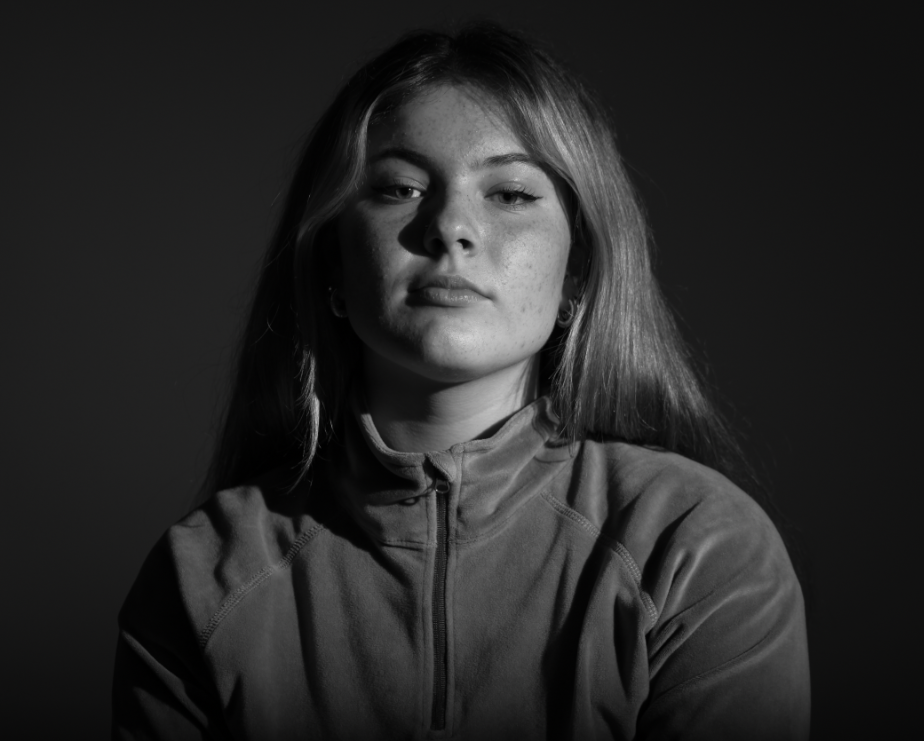
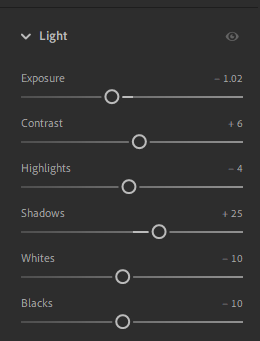
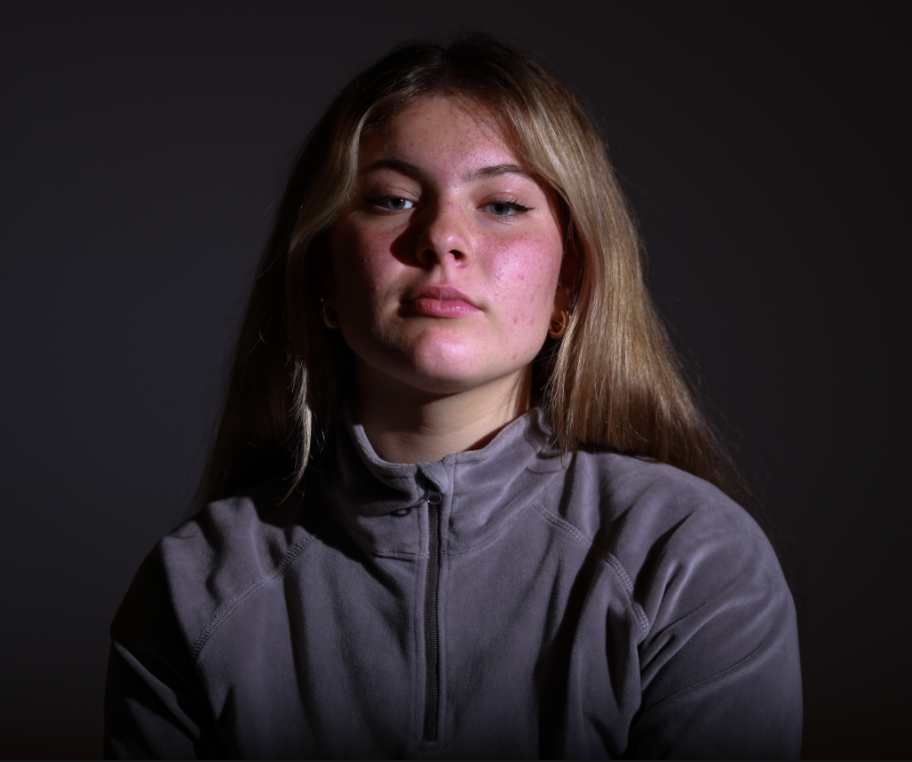
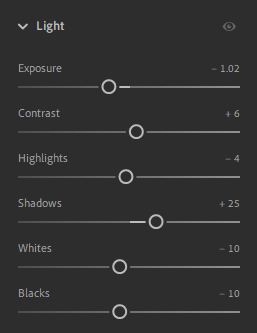
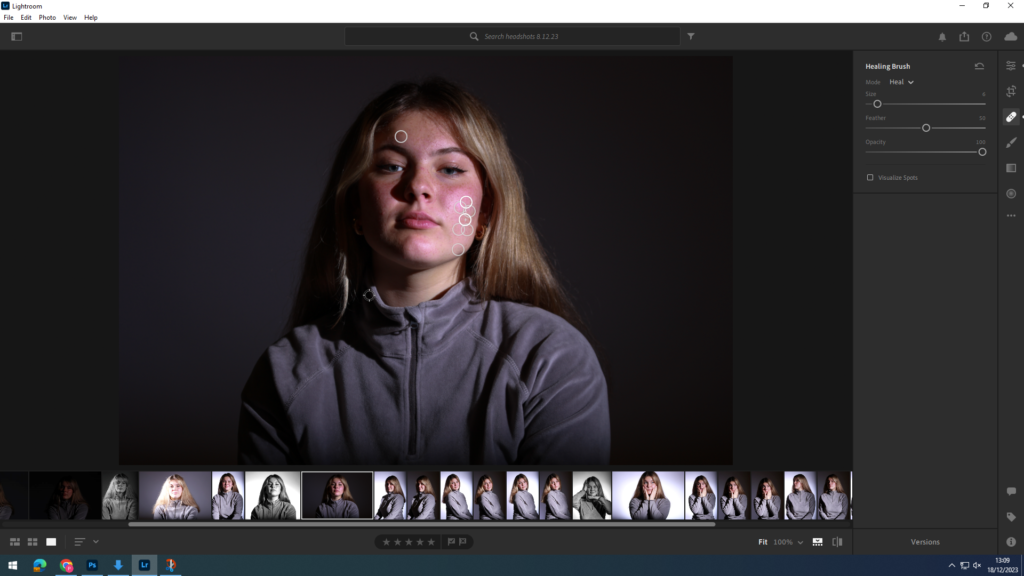

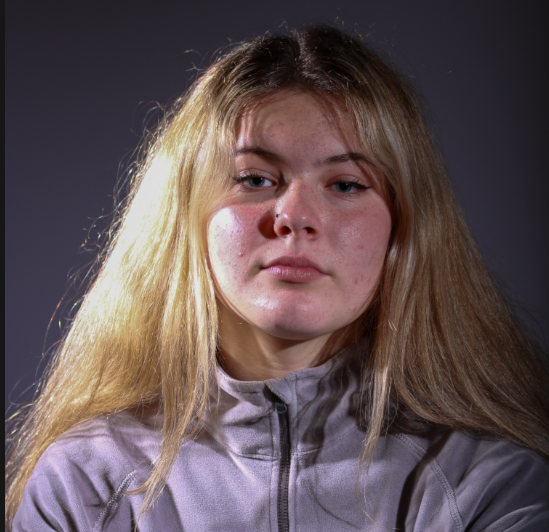
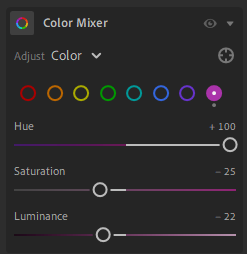
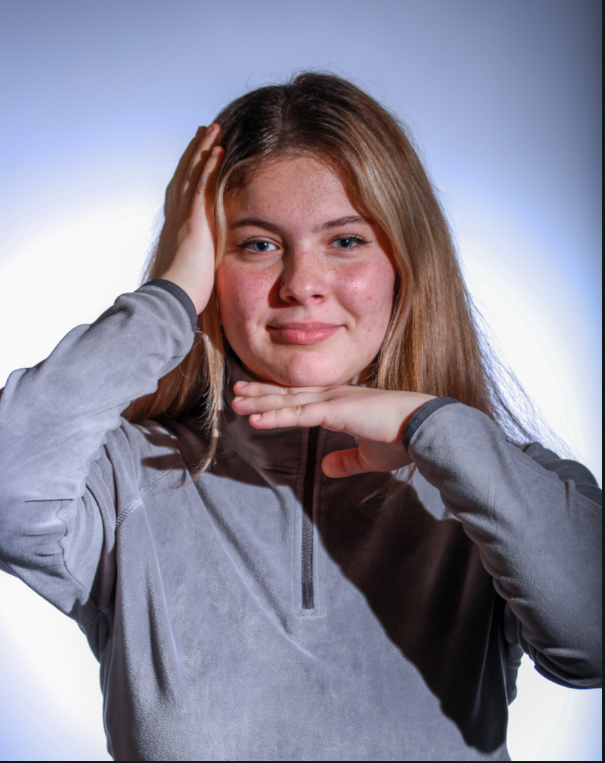
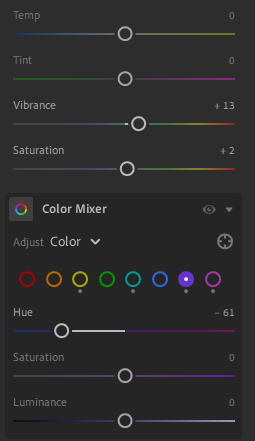
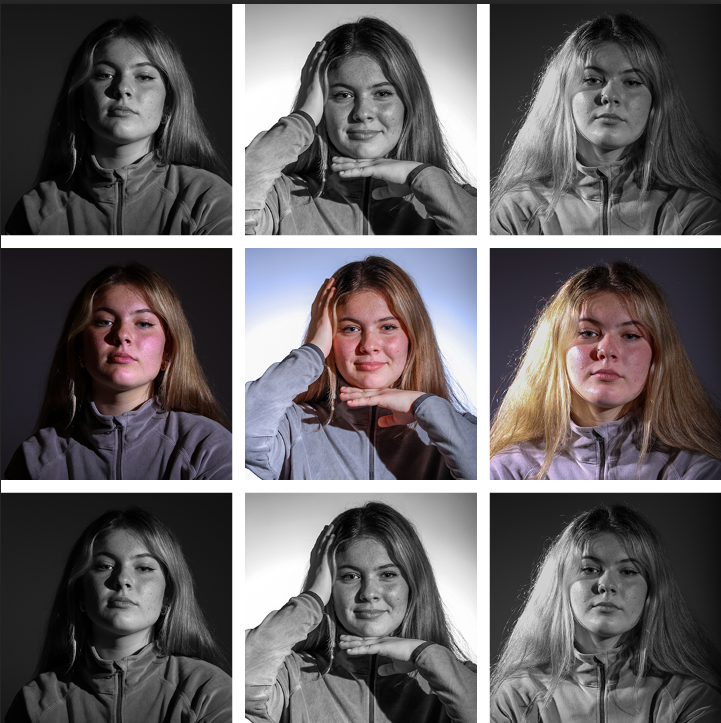
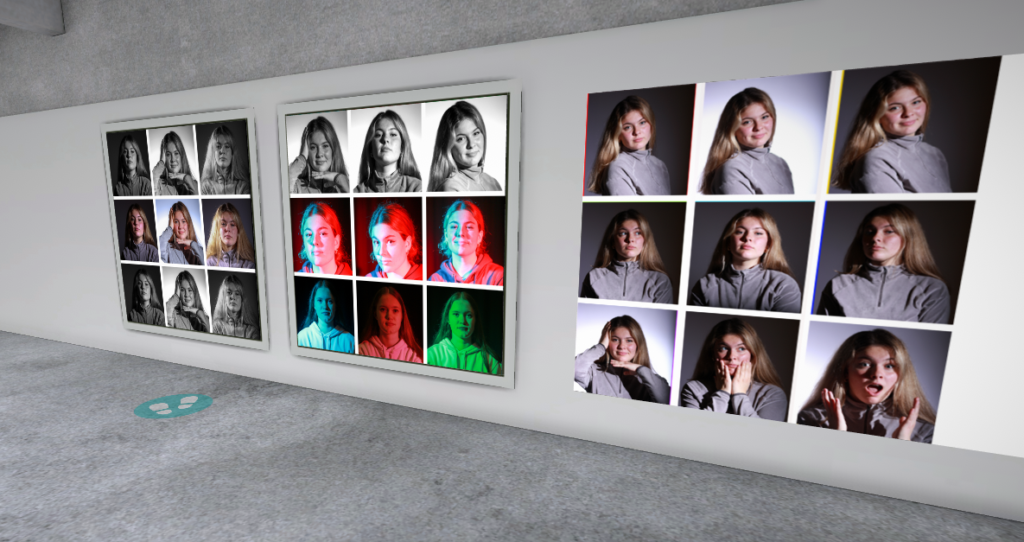
Final Evaluation
I think this is a great way of displaying photos and I really like the outcome, it allows for many photos to be displayed and its an uncomplicated way to draw peoples attention to different photos and really encourage them to think about the meaning. I used three different approaches on the first one I used the three different rows to display the model posing three different ways, on the second grid I tried to make the grid make no sense using three different colour ways and two different models, and the third grid I repeated the same three photos in the same order on each row although by having the middle row in colour it made appear to be different photos unless the viewer looked at each individual shot and then the grid as a whole. It has also allowed me to expand my photoshop knowledge and I will definitely look at using a grid in the future as it’s a simple way of displaying multiple images to convey meaning and make a point by having very few images or tens of images.

